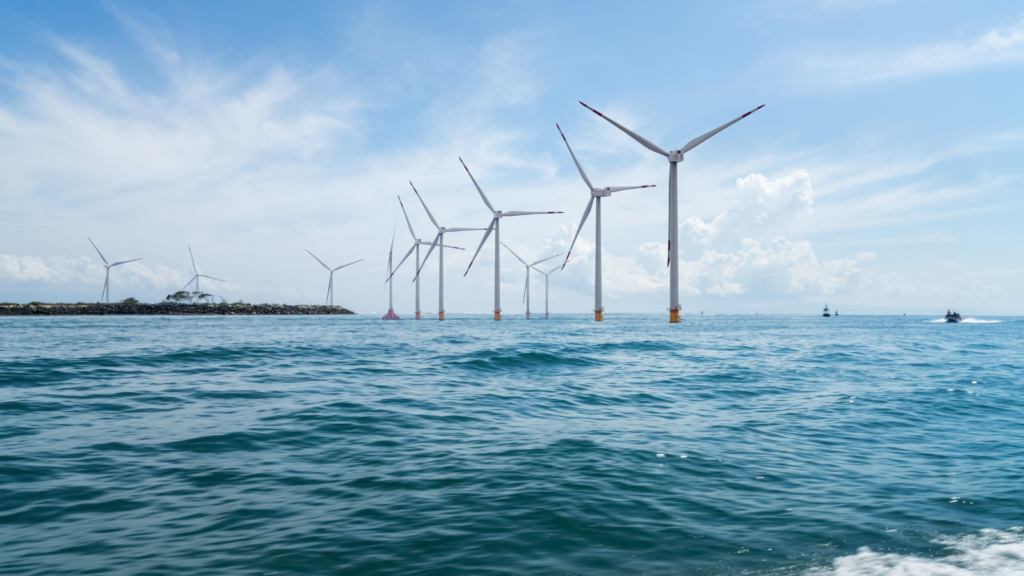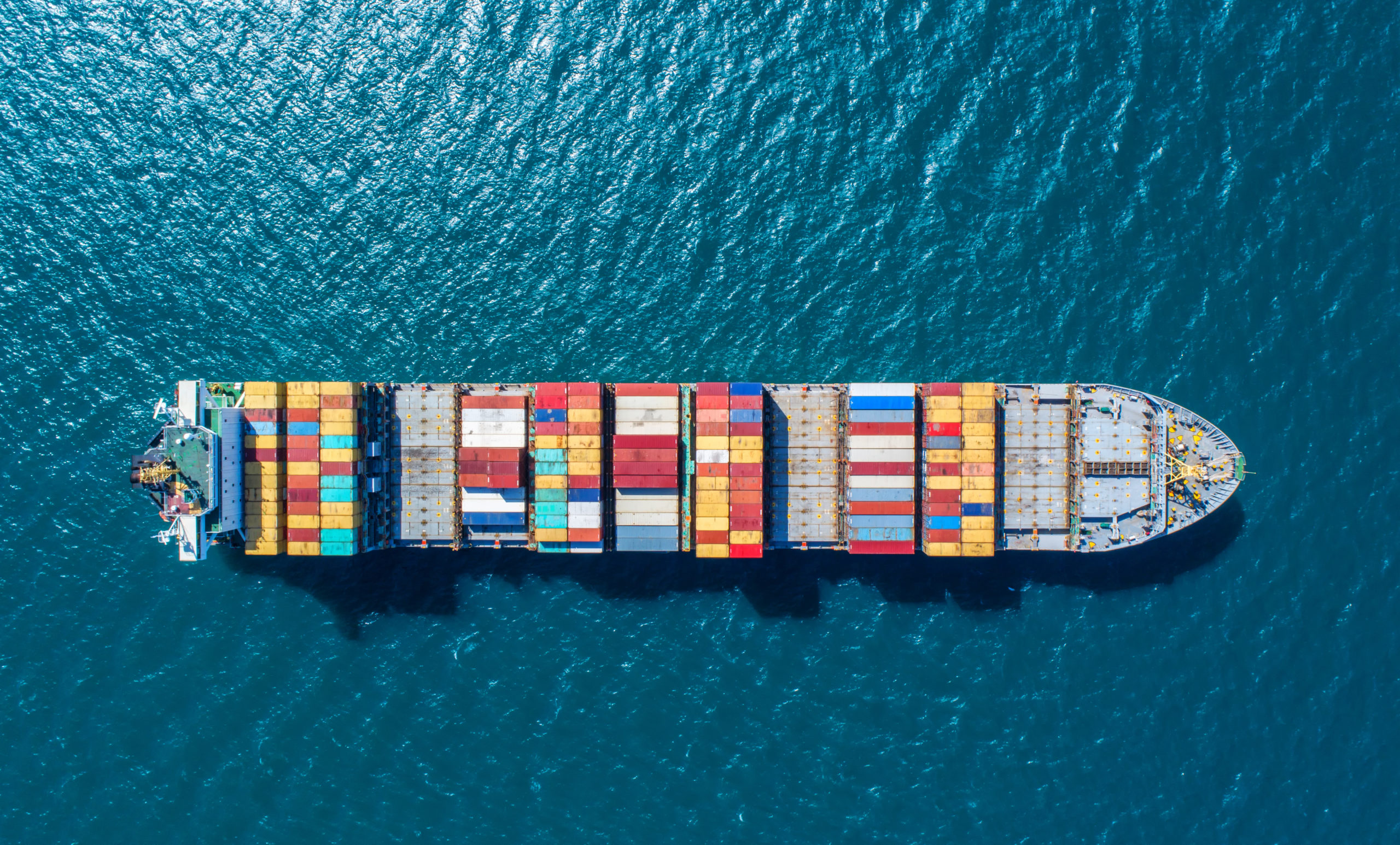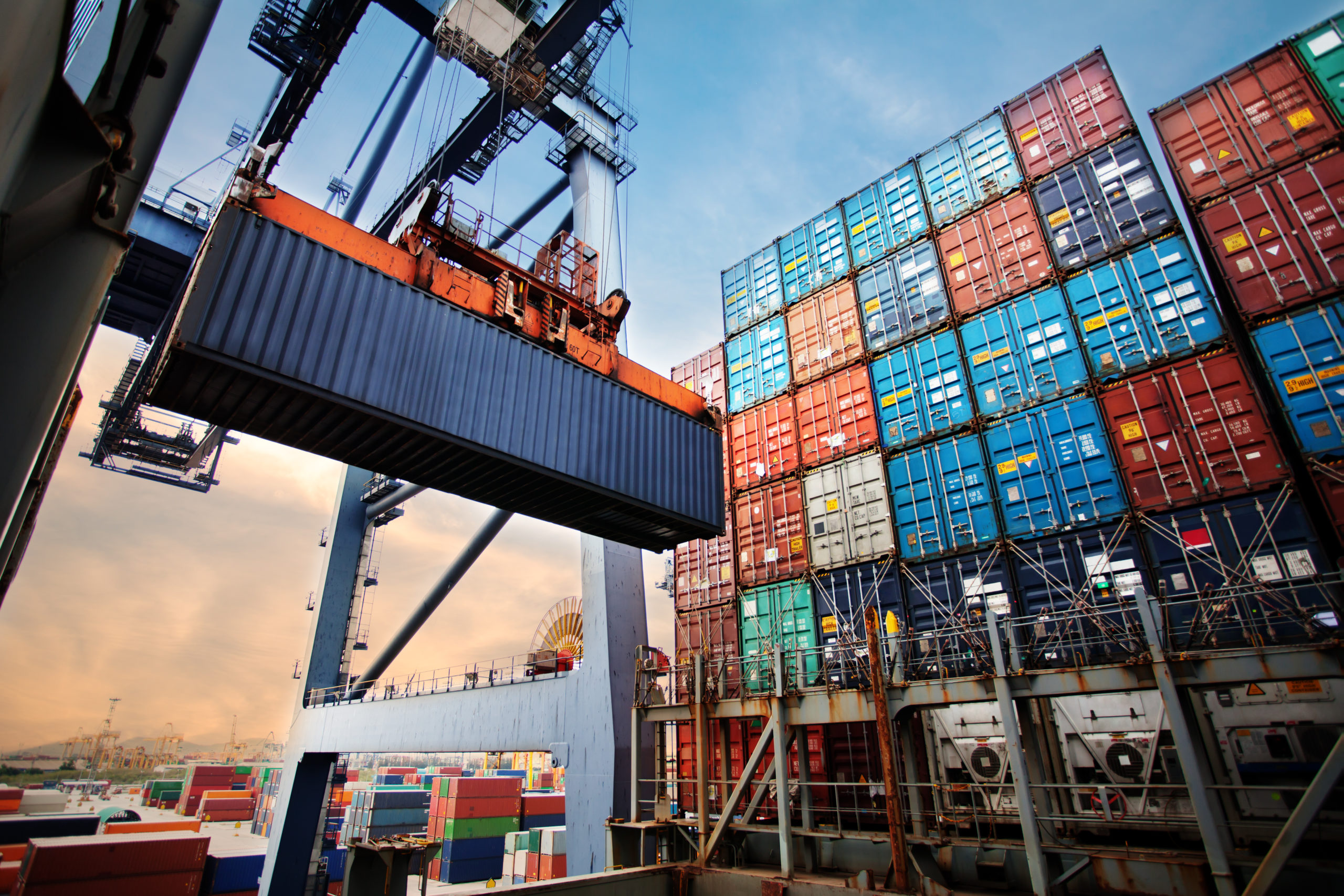- People
- Expertise
Our expertise
We are a team of more than 600 professionals, with the depth of experience which makes us genuine experts in our fields. Together, gunnercooke’s people have strength across just about every corporate discipline and sector. We provide legal, commercial and strategic advice that delivers real value to the clients we work with, which span from multinational enterprises through to not-for-profit organisations. Our breadth of expertise covers some of the most interesting emerging disciplines such as charity, crypto, sports and competition law.
Search by practice areaDispute ResolutionDispute Resolution OverviewMeet the Dispute Resolution TeamIntellectual Property DisputesFinancial Services & FinTech OverviewProceeds of CrimeEmployment TribunalTax InvestigationProperty Dispute ResolutionInsolvency DisputesMediationCivil Fraud & Asset TracingHealth & SafetyBusiness Crime & InvestigationsLitigation & ArbitrationInternational Arbitration - International
International Offices
The gunnercooke group has 16 main global offices across England, Scotland, the US, Germany and Austria, with further plans for growth in the coming years. These offices enhance the existing in-house capability of our dedicated international teams and dual-qualified experts that cover Spain, France, Italy, Portugal, Brazil, China, India, Poland and Hungary. Our team have clients across 123 jurisdictions, speak 46 languages and are dual-qualified in 21 jurisdictions. Our expertise means we can offer large teams to carry out complex cross-border matters for major international clients.
- Our story
Our story
gunnercooke is a Top 70 law firm. We comprise a rapidly growing number of experts spanning legal and other disciplines. Clients benefit from flexible options on fees to suit their needs, access to a wider network of senior experts throughout the relationship, and legal advice which is complemented by an understanding of the commercial aspects of running a business.
- Reading Room
- News & Insights

Floating offshore wind: should ship owners/operators, financiers and insurers be worried?
Using offshore wind to create energy is not new. In the UK territorial waters alone, there are currently over 11,000 Offshore Renewable Energy Installations (or “OREIs”) in existence. These include wind farms, and wave and tidal energy devices, but the vast majority are wind. The current overall installed offshore wind capacity is 16 gigawatts helping make the UK the sixth largest producer of wind power in the world.
There are currently 2,600 more planned with currently over 60 project ongoing (such as Dogger Bank and Hornsea) as part of the British Energy Security Strategy (2022) which wishes to see 50 gigawatts of UK offshore wind by 2030. Five gigawatts of which is to be from floating wind.
As a result, all marine traffic and its owners, operator, insurers and even lawyers, all have had to adapt and react to their presence and growth.
What is new in offshore wind is floating offshore wind devices (or “FOWDs”). The first was recently registered with the Norwegian Ordinary Ship Register (“NOSR”).
The key distinctive features of FOWDs:
- They can move;
- They are “dumb” with little or no means of independence movement or control; and
- Like an iceberg, much of the resulting danger to all other marine traffic lies unseen below the watermark.
While the design of FOWD’s is continuing and varies considerably, there are currently models that require long lead cable for stabilisation, servicing and connection purposes. This basic fact as well as their largely dumb nature, means that the primary onus for avoidance lies clearly with the other marine traffic that might encounter them.
What are the possible impacts for other marine traffic?
The same issues for OREIs are still relevant for FOWDs.
Marine navigation and safety: In the UK, the MCA is relevant here with their possible recommendations. As well as local and national search and rescue authorities. All marine traffic needs to consider possible:
- Deviations from your route as a result of unexpected encounters as well as the possible increase other local marine traffic having to do the same;
- Increases in end-on or crossing encounters; and
- Reductions in sea-room or water depth for manoeuvring – leading to choke points.
Navigation and voyage planning
With increasing presence of OREIs and FOWDs, all marine users must remember they are all private property with no rights of access. Apart from that legal reality and resulting underlying liability, there is the fact that any such access requires great skill and is limited, at any time, by the state of the sea.
OREIs, with their often-significant submerged elements, are subject to the marking recommendations of the International Association of Marine Aids to Navigation and Lighthouse Authorities or the IALA. It remains to be seen if a similar set of regulations and governing body/ies for them will emerge to play a similar role for FOWDs.
Similarly existing UK marine traffic knows, in respect of wind farms:
- Wind farm turbines are spaced 500 metres or more apart depending on the size of the turbine;
- Most wind turbines operate in relatively shallow water though new generations of wind farm will be constructed in deeper water, possibly restricting navigable channels;
- Wind farm structures could, over time, affect the depth of water in their vicinity through scouring of the seabed making depth information unreliable;
- Tidal streams – wind farm structures may obstruct tidal streams locally, creating eddies nearby;
- Small vessels involved in turbine maintenance and safety duties may be encountered or obscured within or around a wind farm. As well as fishing vessels which may operate and be obscured in the same areas;
- Coastal areas shore marks may also be obscured by wind farm structures;
- Electrical transformer stations – can be found in or adjacent to larger wind farms; and
- Wind turbine rotors can significantly change the flow of the wind, which in turn can impact on a vessel.
All of which and more affect and can greatly complicate the operation of any nearby marine traffic.
While specifics depend on the exact form, design, number and deployment of FOWDs, it is reasonable to assume that all the above issues and more will also be relevant for FOWDs.
The most obvious, new one is one of liability for trespass and/or resulting damage/loss of earnings direct or indirectly caused, due the fact that FOWDs move.
As and result and in addition, very clear need and agreed principles for general collision and consequential damage liability in respect of FOWDs will need to be discussed, agree and adopted across the marine, insurance and finance industries.
What does the law say?
Currently classification societies, marine engineers, registration and port authorities and many other across the world are considering the impact and mitigation of the above and other resulting liabilities and how they will relate and apply once FOWD’s come operational line. From a legal perspective, it may be that in English and Scots law, we are behind that curve.
By this I mean, clearly before the MCA follows the above mentioned NSWE route and registers its first FOWD on the UK Register, questions of basic allocation of liability in non-fault collisions will be agreed and addressed.
This can be in the form of:
- The underlying requirements of such registration or wider legislation.
- Compulsory minimum third party professional liability insurance.
- Clear FOWDs title registration, either statutory, with the MCA, or elsewhere.
- Codes of operation, deployment, monitoring, recovery and more of all FOWDs.
- Cross jurisdictional issues.
- Environmental liabilities; and
- The establishment of an industry wide compulsory insurance contribution fund to deal with any abandoned or “lost” FOWD’S and their impact on others and/or the wider environment.
All the above and more will be required. Once such codes, laws and regulations so exist, their clear and continued compliance will be undoubtably be mandated as part of any relevant ongoing insurance cover and operational and financial covenants.
Behind all of which, more general operating practices, regulations and other potentially codified laws will be required if the FOWDs industry and the state wish to get a head of the claim curve.
In the meantime, all marine traffic stakeholders should consider the robustness of their own internal knowledge, procedures and training in respect of both and OREIs and FOWDs and their involvement with and potential liability to, them.
While at the moment there is not clear and present cause for concern, the development of FOWDs is definitely an issue that all ship owners/operators, financiers, insurers and other marine industry stakeholders should watch, as the wind, like the tide, waits for no one…
For more information, you can read the UK Government’s guidance here. For expert legal advice, you can contact Simon J Murfitt FRSA 麥富德via our website.
To receive all the latest insights from gunnercooke to your inbox, sign up below




